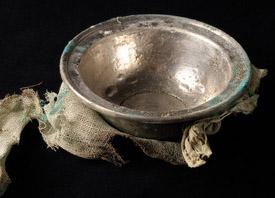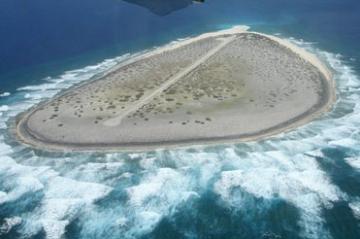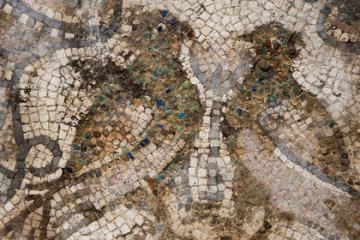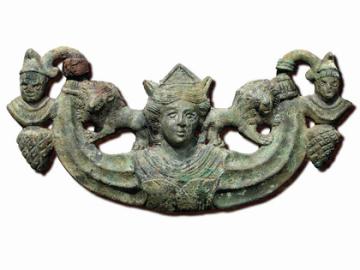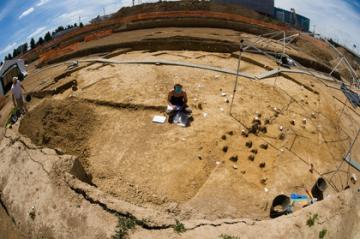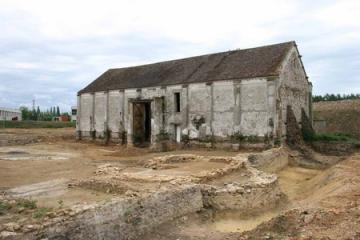You are here
News
Gevrey-Chambertin, located 12 km from Dijon, is world famous for its Burgundy wine. Viticulture has been practiced there since the Gallo-Roman period.
Inrap archaeologists are at present excavating two important sites in the historical centre of Reims. Curated by the Regional Archaeological Service (Drac Champagne-Ardenne) they add decisively to our knowledge of the history of Reims which, during the Gallo Roman period, was one of the most important towns of the Roman Empire, covering more than 600 hectares.
Friday 6 february 2009, at Museum de la Marine
In advance of a landscaping project realized by Euroméditerranée on the esplanade of the Marseille Cathedral (also known as "The Major"), a preventive excavation is being conducted by an Inrap team until the end of November 2008.
The catacomb of saints Marcellinus and Peter in Rome has been undergoing systematic excavation since 2005. The research involves the Pontifical Commission of Sacred Archaeology (Holy See), the CNRS, the Ecole française of Rome, the French National Institute for Preventive Archaeological Research and the Maison des Sciences de l'Homme of Aquitaine (MSHA), who are all collaborating on this project.
Located between the Bavay-Cambrai and Bavay-Tournai Roman roads, on the frontier between Nervien and Atrebates territories, the ancient town of Famars, covered an area of 80 hectares, but curiously figures neither in the Peutinger Table nor in the Antonine Itinerary.ts ancient name, Fanum Martis, indicates that there was probably a temple dedicated to Mars, still to be discovered. A city of Gallia Belgica, it was also an important Roman military camp (castrum) whose walls are still visible.
A team of prehistorians from the Inrap has discovered traces of some of the last prehistoric hunter-gatherers, in the 15th arrondissement of Paris.The 5,000 m2 excavation, curated by the Regional Archaeology Service (Drac Île-de-France), is located on Henry-Farman Street on the site of a future waste separation centre.
A few kilometres from Paris, a team from the Inrap is at present excavating, curated by the Regional Archaeological Service (Drac Île de France), the remains of a seigniorial dwelling of the Late Middle Ages at Lisses (Essonne).Now known as "La Ferme du Bois Chaland", its archaeological history nonetheless dates back to the 13th century.



